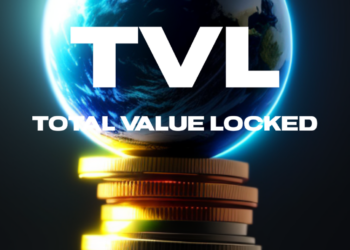Ethereum is a decentralized blockchain platform that facilitates the execution of smart contracts. Smart contracts are self-executing contracts with the terms of the agreement directly written into the code. Ethereum’s native cryptocurrency is Ether (ETH).
Key features of Ethereum:
- Decentralized: Ethereum is not controlled by any single entity, making it resistant to censorship and fraud.
- Open-source: Ethereum’s code is open-source, allowing anyone to inspect and contribute to its development.
- Secure: Ethereum’s blockchain is secured by a network of computers, making it very difficult to hack.
- Versatile: Ethereum can be used to build a wide variety of applications, including decentralized finance (DeFi) apps, non-fungible tokens (NFTs), and more.
How Ethereum works:
- A transaction is initiated: A user sends a transaction to the Ethereum network, specifying the recipient’s address and the amount of ETH being sent.
- The transaction is added to a mempool*: The transaction is added to a pool of transactions waiting to be processed.
- Miners validate the transaction: Miners are computers that compete to validate transactions and add them to the blockchain.
- The transaction is added to the blockchain: Once a transaction is validated, it is added to the blockchain, which is a public ledger of all transactions on the Ethereum network.
Benefits of Ethereum:
- Transparency: All transactions on the Ethereum blockchain are public, making it a very transparent platform.
- Security: Ethereum’s blockchain is very secure, making it difficult to hack.
- Efficiency: Ethereum is a very efficient platform, capable of processing a large number of transactions.
- Versatility: Ethereum can be used to build a wide variety of applications, making it a very versatile platform.
Potential risks of Ethereum:
- Volatility: The price of ETH is volatile, making it a risky investment.
- Scalability: Ethereum can only process a limited number of transactions per second, which could limit its scalability.
- Regulation: Ethereum is a relatively new technology, and it is unclear how it will be regulated in the future.
Mempool*: In blockchain technology, a mempool serves as a temporary holding area for unconfirmed transactions awaiting inclusion in a block.





















